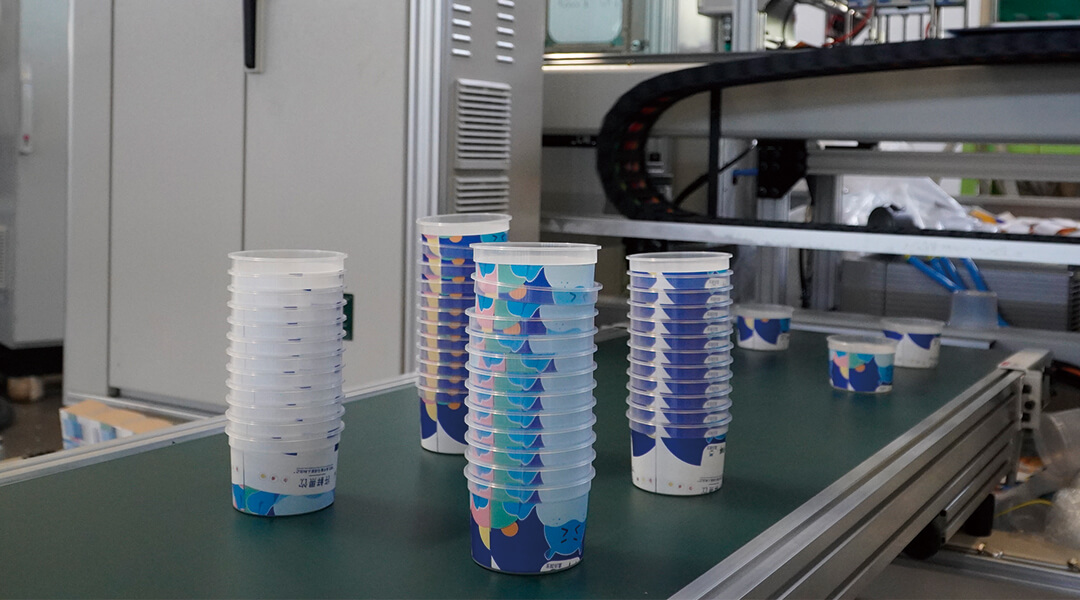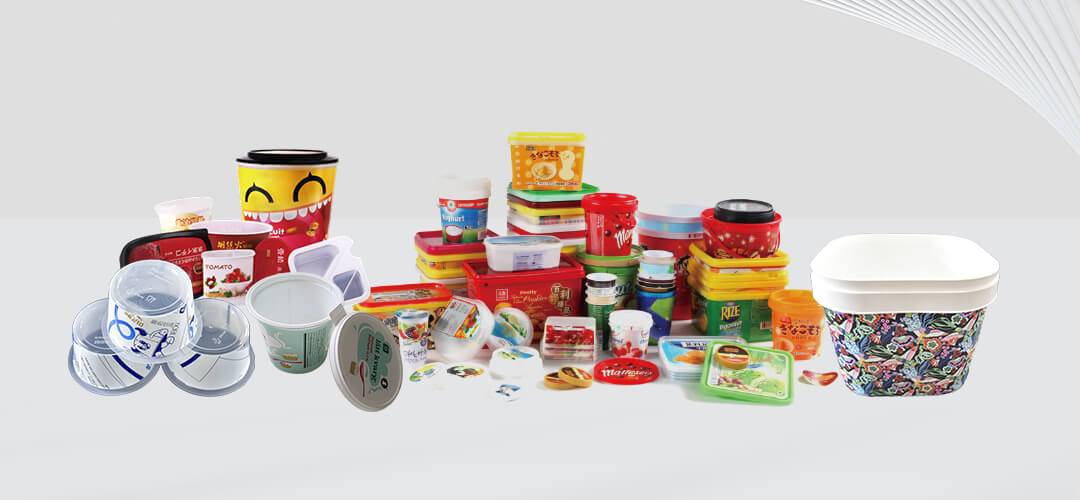

It is a process of placing of label onto the mold before the actual plastic material is injected into the mould. Thus, the process of molding enables the label to become a part of the end product technically. The type of label material commonly utilized in IML is a pressure-sensitive printed label that becomes integrated with the plastic components during manufacturing. From the properties of the IML containers, it can be deduced that they are reusable thus posing no threat to the environment. Among the manufacturing processes involved in the production of in-mold labeling containers, injection molding process and blow molding are widely used.
Labels for turnkey IML product are inserted into a mold that then fuses them into a plastic substrate. An overview of the turnkey IML process is described in the article. It also includes the advantages of having IML which includes on the quality of the label coating and the nature of labels during the recycling process. Also the article touches on how containers for in-mold labeling can be matched with the given mold and hence give the plastic products a professional look. The IML labeling can greatly contribute to change in the way by which the plastic containers are being manufactured within the industry.
In Mold Labeling typically refers to the labeling technique that is different from the others that are commonly used. IML is very different compared to traditional labeling where labels are applied to the outer surface of the industrial plastic packagings; IML instead entails the use of thermoforming or injection molding where the label substrate is incorporated into the packagings during packaging manufacturing. The label material is the thermoplastic type and normally uses polypropylene or polyethylene; it is positioned in the mold prior to the injection moulding or thermoforming process, making the label a part of the container through in-mould labelling.
In IML, the label material is polypropylene or polyethylene which is compatible and fusable with the plastic resin used in the packaging. This develops a bond with the packaging material producing a firm and durable brand that cannot be washed away.
In-Mold Labeling has several advantages for the packaging producers and brand managers: Disposing with the kind of labeling systems like paper or plastic labels, IML cuts on expenses and enhances productivity. Moreover, IML provides high flexibility of mold creating and when it comes to the packaging of products like shampoo bottles, it presents interesting shapes and designs.
It is a technique in which a pre-finished label or embellishment is inserted into the mold before the material itself is injected. As the plastic is injected into the label the two mold together to become one assembly. This in-mould labeling process means that the label that you end up with is of a high quality and one that is likely to last longer. IML employs utilization of robots and specific injection molding and blow molding assortment to achieve correct positioning of the labels on the containers that are plastic based.
One of the problems that arise in the IML process is to come across with the suitable label suppliers who can offer a durable synthetic papers/cavitated label material which is sufficiently hard and resistant to bad impacts and scratches for such plastic bottles that can be used to pack different products. Another problem is to charge the labels on the electrostatic way to stick to the molded plastic during injection. Some of the solutions include the use of polycarbonate for the plastic types to enhance the abrasion and chemical stand whilst using air pressure to eliminate any static build-up before formatting at the product filling line.

IV. Benefits of In-Mold Labeling
An important benefit of using IML is that the inner surface of the part labeled with the aid of the moulding-in process usually employs a very strong and virtually scratch-proof ink. Due to the fact that the IML is a permanent part that is molded and printed in one process it is incorporated into the injected plastic and assumed the shape of the mold. This leads to a creation of a porous layer sandwiched in between two thin solid layers which gives better water proofing and guard against environmental adversities. Besides, IML offers a better and more appealing aesthetics and designs since pressure-sensitive labels and coatings may be applied to make visually appealing manufactured products.
IML also has other advantages, which are cost efficiency and short time to produce the item since the molder uses the used plastic material for both blank containers and pre-decorated merchandise. These are some benefits of manufacturers using IML, the carbon footprints are compared to traditional labeling methods, thus making it as a green method. IML can be utilized for a single product such as a pail made out of High Density Polyethylene or a large quantity of thin walled polystyrene containers, the techniques used offer optimality to the production procedure.
In-Mold Labeling (IML) is one of the methods widely implemented across the sectors for the beautification and safeguarding of the products. Some of the industries that employ the use of IML include the automobile industry; this is because IML is widely used in identification and labeling of automotive parts including the car dashboards and trims. Another example is the food and beverages sector, in which producers of foods and beverage, Procter &Gamble and Owens-Illinois among them, apply IML to provide labels for the packaging.
Applying IML as a technique has been found to enhance the durability of the labels and thereby the parts’ molded on them due to the charged state that holds the label onto the parts. The process comprises a laminated film with the coatings employed for the several effects like metallic inks, and lithography. Some of the IML successes have been captured in these real life examples where organizations using the technique have noted that labeling costs have significantly gone down and the appearance of their products has improved.

The specific points of focus include a description of In-Mold Labeling in the packaging industry where labels are printed and infused within packaging material through injection molding processes. This reduces the necessity of standard labels to be applied and makes the production process more efficient. Also, in-mold labeling as the labels are fixed on to the container, there is less possibility of the labels to peel off or get damaged during the process of handling. Another equally important factor highlighted as a useful tip is the employment of static electricity to ensure the labels stick on the outside surface of the container well.
All in all, in-mold labeling has a large effect on the packaging industry because it provides improved and long-lasting labeling procedures. Thus, it might be seen that the progress in the technology is going to increase the development of new in-mold labelling technology to make further enhancements in the production of packaging materials.
